As climate change becomes a growing global concern, it is vitally important that we examine which countries are contributing most significantly. No single nation can be held solely responsible for this global phenomenon; however, the 10 countries with the highest carbon footprints have an outsized effect on global temperatures due to carbon dioxide emissions caused by energy generation techniques used by each of them. It is vitally important that we identify which are major polluters so we can take measures to mitigate their impacts and limit further climate disruptions.
1. China
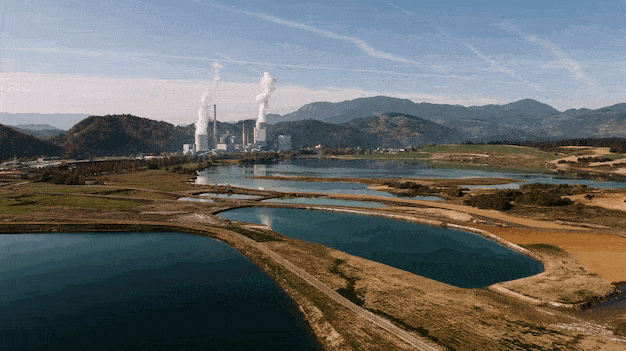
China was estimated to emit around 10.5 billion metric tons of carbon dioxide emissions in 2018, more than twice that of second-ranked country United States. Most emissions come from coal combustion for energy production – making up two thirds of China’s energy output overall – while also being one of the leading producers of cement globally also contributed significantly.
China has taken measures to decrease its carbon footprint by increasing renewable energy production and investing in carbon capture technologies, and by creating policies to lower energy consumption and enhance efficiency. While these steps have helped decrease emissions somewhat, they still remain at high levels.
2. United States
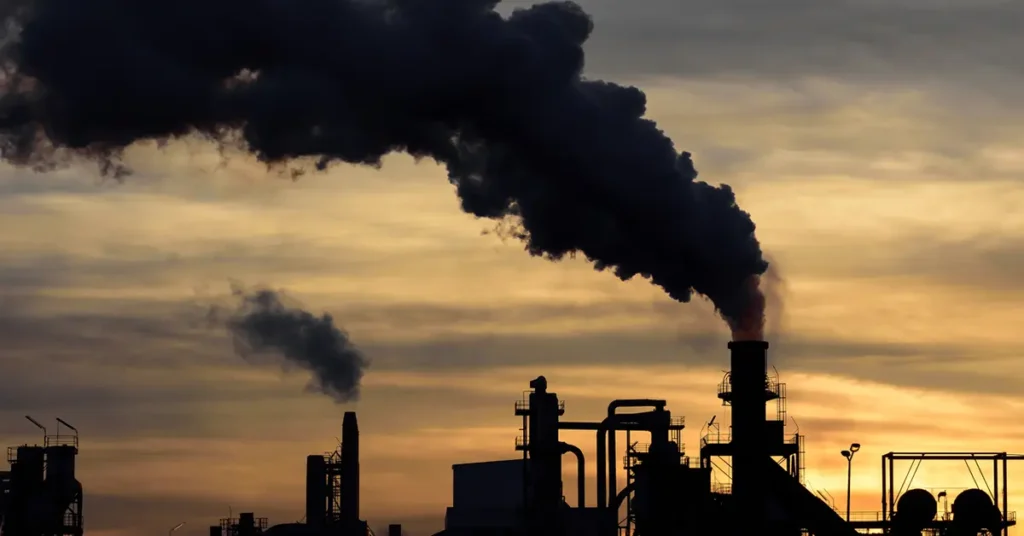
United States The United States ranks as the second-highest emitter of carbon dioxide emissions worldwide with an estimated annual output of an estimated 5.3 billion metric tons of emissions in 2018. This estimate can be explained by its high dependence on fossil fuels such as coal, natural gas and oil to meet energy production needs; these make up roughly 80% of their energy mix and contribute significantly to emissions as do its large population and economic activity levels.
To lower its carbon footprint, the United States has taken several steps, such as investing in renewable energy and increasing energy efficiency. Furthermore, policies have been put in place to decrease emissions from transportation such as Corporate Average Fuel Economy (CAFE) standards; all these efforts have helped decrease emissions, although still at very high levels.
3. India
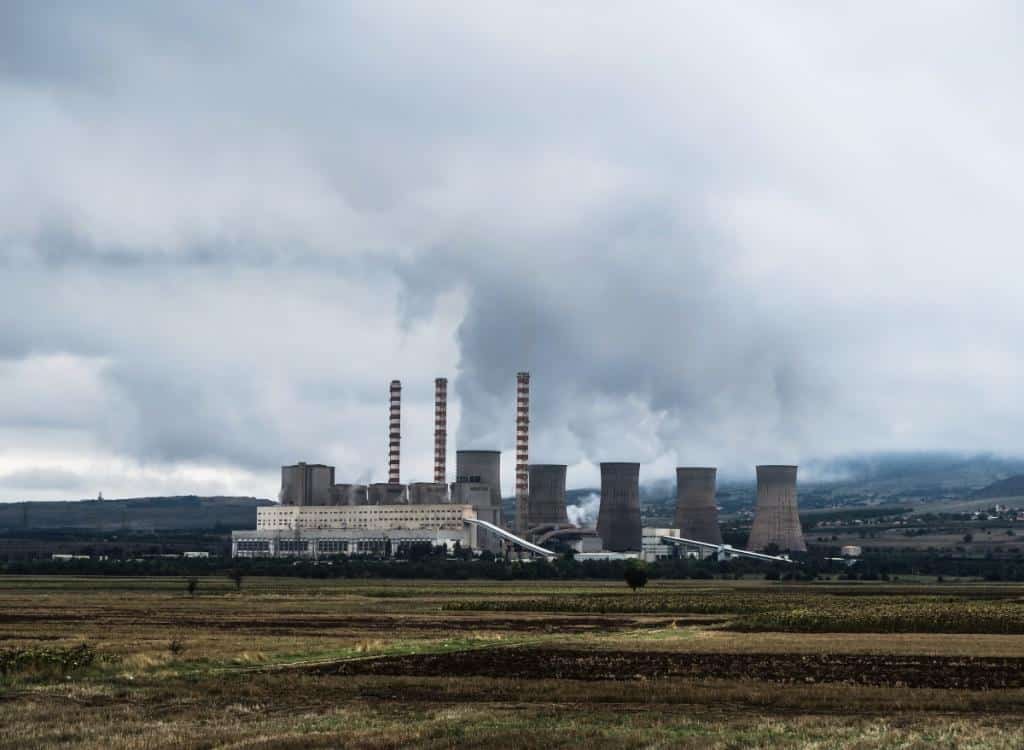
India stands as the third-highest carbon dioxide emitter with estimated emissions totaling an estimated 2.9 billion metric tons in 2018. This emission figure can be attributed to India’s heavy reliance on coal-fired plants as its energy source, accounting for an estimated two thirds of total energy production in 2018. Furthermore, its large population and active economic sector all play a part in contributing to its emissions.
India has taken several measures to reduce its carbon footprint, such as investing in renewable energy and increasing energy efficiency. Furthermore, policies were put in place such as Bharat Stage VI emission standards to lower emissions from transportation sectors; all these initiatives have helped reduce India’s emissions but they remain high overall.
4. Russia
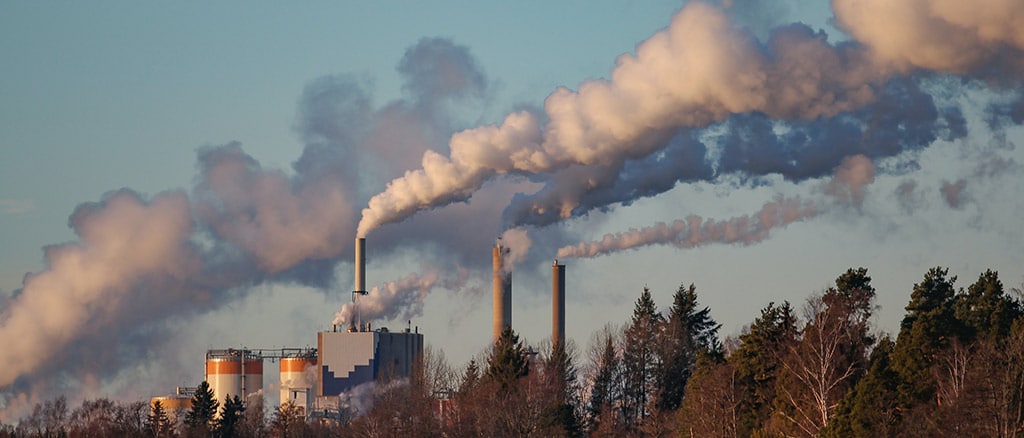
Russia stands as the fourth-highest emitter of carbon dioxide worldwide, emitting an estimated 1.7 billion metric tons in 2018. This estimate stems largely from Russia’s heavy reliance on fossil fuels for energy production – particularly natural gas, coal and oil, which make up approximately 80% of their energy mix – as well as its large population and high levels of economic activity, both factors that play a part in contributing to Russia’s emissions.
Russia has taken several steps to lower its carbon footprint and has implemented measures such as increasing renewable energy production and investing in carbon capture technologies, while also creating policies to decrease energy consumption and enhance efficiency. While these efforts have reduced emissions significantly, they still remain at an extremely high level.
5. Japan
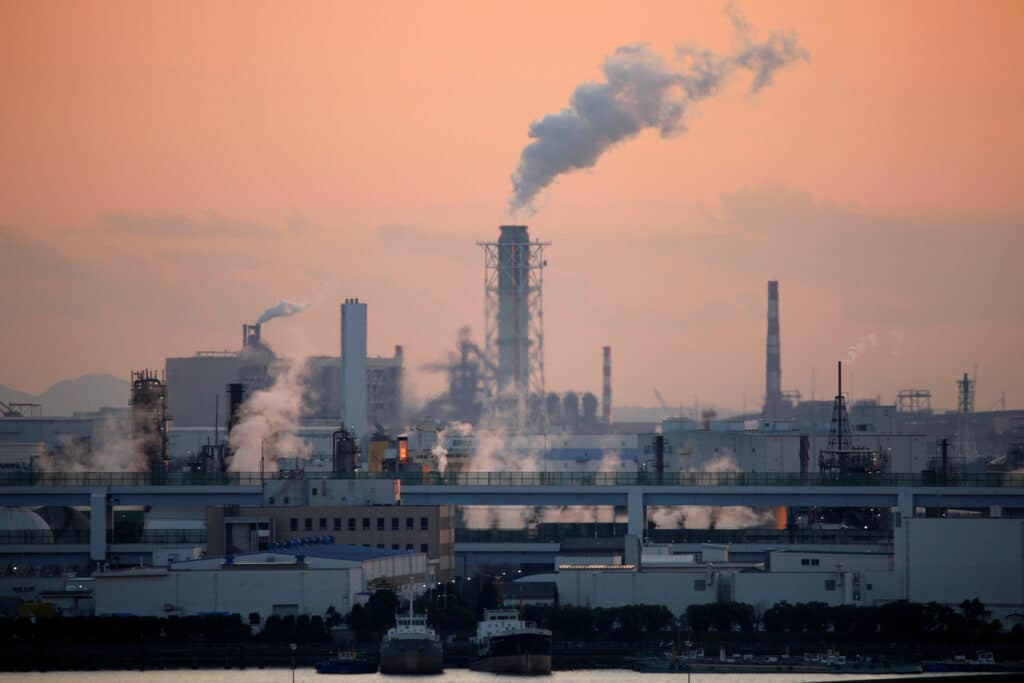
Japan stands as one of the five leading emitters of carbon dioxide emissions worldwide, producing an estimated annual emissions figure of 1.2 billion metric tons in 2018. This number can be attributed to Japan’s heavy reliance on fossil fuels – coal, natural gas and oil making up about 80% of their energy mix – along with their large population and economic activity levels, all which add to their emissions total.
Japan has taken steps to lower its carbon footprint through measures including increasing renewable energy production and investing in carbon capture technologies, while also implementing policies aimed at decreasing energy consumption and improving energy efficiency. Although these steps have helped lower emissions levels somewhat, they still remain at high levels.
6. Germany
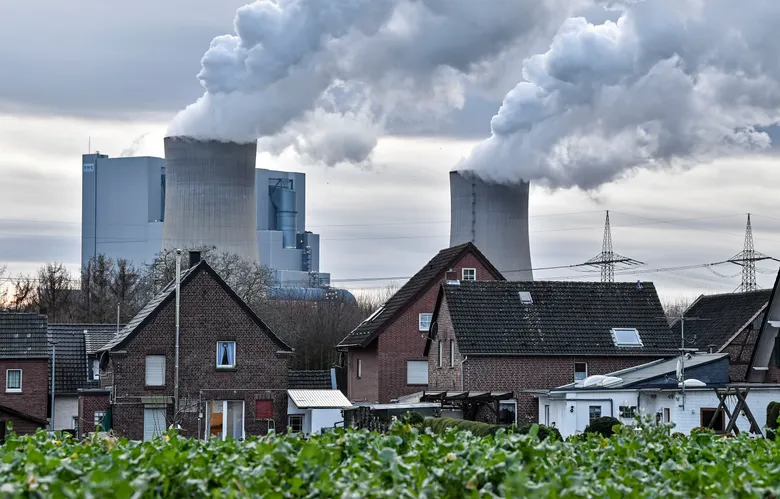
Germany stands as the sixth-highest emitter of carbon dioxide emissions with an estimated total emissions of 0.9 billion metric tons in 2018. This number can be attributed to Germany’s heavy reliance on fossil fuels – coal, natural gas and oil are responsible for approximately 80% of their energy mix – combined with its large population and high economic activity levels which also play a part in contributing emissions.
Germany has taken steps to reduce its carbon footprint through various strategies, such as investing in renewable energy and improving energy efficiency. Furthermore, Germany has implemented policies such as Euro 6 emission standards that aim to lower transportation emissions. Despite these efforts, emissions remain at very high levels despite all these initiatives.
7. South Korea
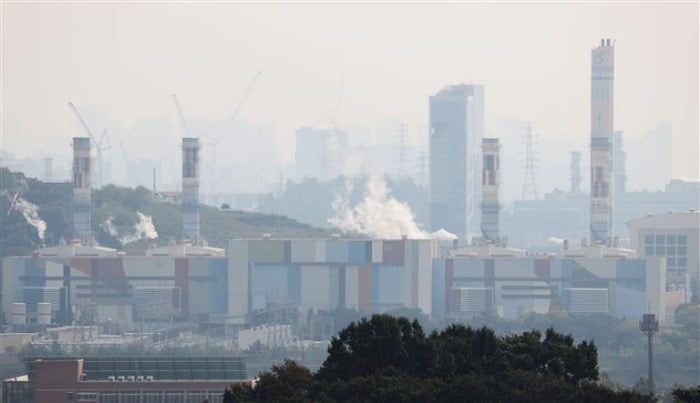
South Korea stands out amongst the global top emitters with an estimated total of 0.7 billion metric tons of carbon emissions in 2018, driven mainly by their heavy reliance on fossil fuels for energy production – such as coal, natural gas and oil making up about 80% of their energy mix – as well as their large population and strong economic activity which contribute to their emissions levels.
South Korea has taken several steps to lower its carbon footprint and has adopted various policies to decrease energy consumption and enhance energy efficiency in order to minimize their carbon emissions, but these emissions still remain at high levels.
8. Iran

Iran stands as an eighth-largest emitter of carbon dioxide emissions with an estimated annual total of 0.6 billion metric tons estimated for 2018. This figure can be attributed largely to Iran’s heavy reliance on fossil fuels for energy production, with natural gas, coal and oil accounting for an estimated 80% share in their energy mix. Furthermore, population density and economic activity all play a part in its emissions output.
Iran has undertaken various steps to reduce its carbon footprint, including investing in renewable energy and improving energy efficiency, investing in renewables such as wind energy, increasing efficiency within buildings, and creating policies such as Tehran Vehicle Emission Standards to curb transportation sector emissions. While these measures have helped bring down emissions levels somewhat, these levels still remain high overall.
9. Canada
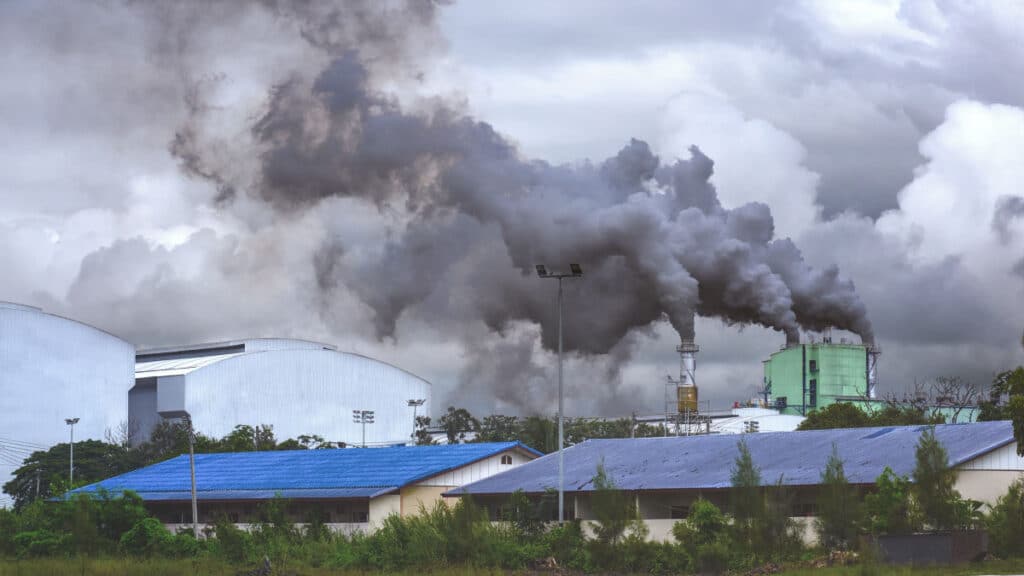
Canada was estimated to emit an estimated 0.5 billion metric tons of carbon dioxide emissions in 2018, which can largely be attributed to its heavy reliance on fossil fuels for energy production, with natural gas, coal and oil making up approximately 80% of energy usage in 2018. Furthermore, its large population and economic activity also play a part in driving its emissions levels higher.
Canada has taken several steps to reduce its carbon footprint, such as investing in renewable energy and improving energy efficiency, investing in renewables and increasing efficiency in transportation (such as Light-Duty Vehicle Emission Standards). Although these measures have helped lower Canada’s emissions, they still remain quite high.
10. Saudi Arabia

Saudi Arabia was estimated to have released approximately 0.4 billion metric tons of carbon dioxide emissions in 2018. This estimate can be attributed mainly to Saudi Arabia’s dependence on fossil fuels for energy production – particularly oil which accounts for almost 90% of energy mix; in addition, its large population and high economic activity levels also play a factor.
Saudi Arabia has taken numerous steps to reduce its carbon footprint, such as investing in renewable energy and improving energy efficiency, investing in renewables such as solar power and increasing efficiency, as well as creating policies such as the Saudi Fuel Efficiency standards to curb transportation sector emissions. Although these steps have helped lower emissions slightly, they still remain high.
These 10 countries account for an overwhelming portion of global carbon dioxide emissions, so understanding their sources is vital to devising effective solutions to mitigate climate change. By investing in renewable energy sources such as wind or solar power and increasing energy efficiency standards as well as decreasing emissions from transportation sectors these nations can lower their carbon footprints and mitigate climate change effects.
Also Read : 7 Easy Ways to Combat Pollution in Your Own Space
Conclusion
This article’s title suggests that the 10 countries with the highest carbon footprints are: United States, China, India, Russia, Japan, Germany, Indonesia, Brazil Canada Australia. While this article has focused on individual nations such as these 10, it should also be remembered that multiple other nations also possess large carbon footprints such as South Korea Turkey Spain France Switzerland Poland etc.
Costa Rica, Nicaragua and South Africa rank at the bottom of this list for lowest carbon footprints; but other nations such as Singapore, Thailand, Hong Kong and Ireland also possess very small carbon footprints.
